A prevalent lighting choice, widely adopted in residences, businesses, and vehicles, is the LED light. Renowned for its extended lifespan, minimal heat emission, and heightened efficiency, LED lights differ from traditional incandescent bulbs by not relying on delicate metal filaments for light production. Instead, LEDs, or light-emitting diodes, operate by directing electrical current through semiconducting diodes, generating light without expending excessive energy on heat creation. This innovative design enables LED bulbs to emit an equivalent amount of light as incandescent bulbs while consuming less energy, offering a compelling solution for reducing utility costs. Additionally, the prolonged lifespan of approximately 10 years further solidifies LED lights as a sustainable and economical choice. To make informed decisions about incorporating LED lighting in your home, refer to this guide elucidating the characteristics of 10 common types of LED lights and offering guidance on selection.
1. Standard LED Lights
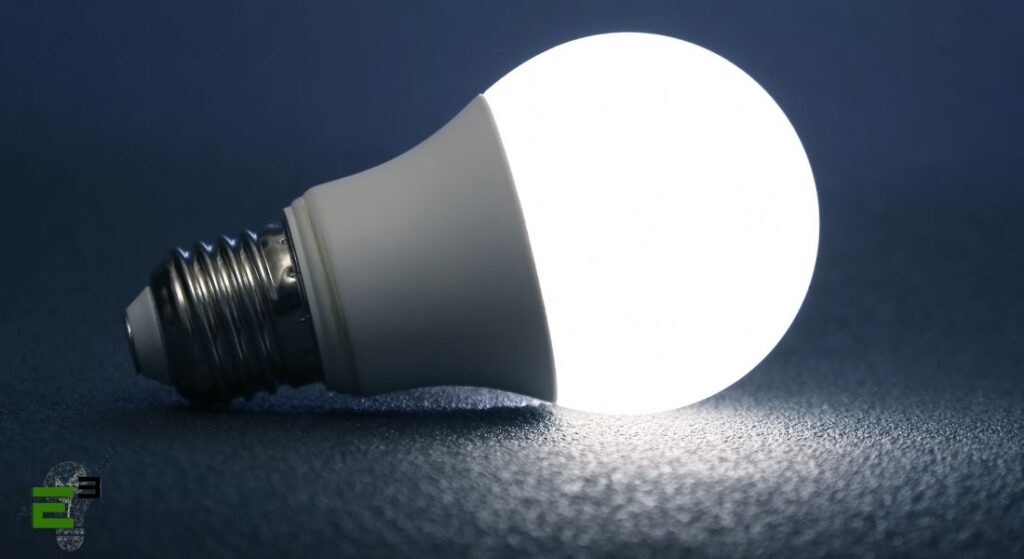
Ideal for: Efficient illumination in homes and businesses.
Conventional LED lights, serving as fundamental bulbs, have predominantly supplanted traditional incandescent options as the prevailing choice for residential and commercial lighting. Their widespread adoption results from the remarkable durability and efficiency exhibited by conventional LED lights.
These LEDs typically lack additional features such as color-changing capabilities or integration with smart home systems. Nevertheless, their simplicity contributes to making conventional LEDs the most cost-effective variant within the LED lighting spectrum, rendering them an excellent choice for fundamental home lighting needs.
2. Can LED Lights
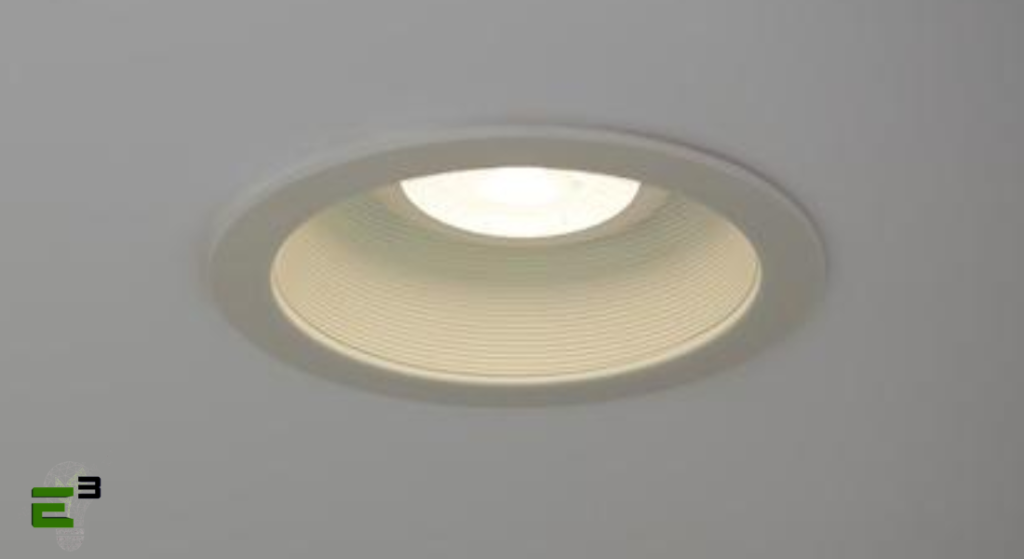
Ideal for: Ceiling-mounted recessed lighting.
Can LED lights are specifically crafted to seamlessly integrate into recessed lighting sockets, commonly known as cans. Distinguished by their tailored design, these LEDs incorporate built-in reflectors that facilitate the precise direction of light downward and outward from the bulb, ensuring extended beams and broad coverage. The versatility of can LED lights is evident in the variety of available features, ranging from dimmable options to RGB (red, green, blue) variants capable of color changes, and even smart home-compatible models.
Most can LED lights come equipped with a color temperature adjustment switch, allowing users to transition from warm (2700 K) to cool (5,000 K), with several intermediary settings for customized illumination.
3. Dimmable LED Lights
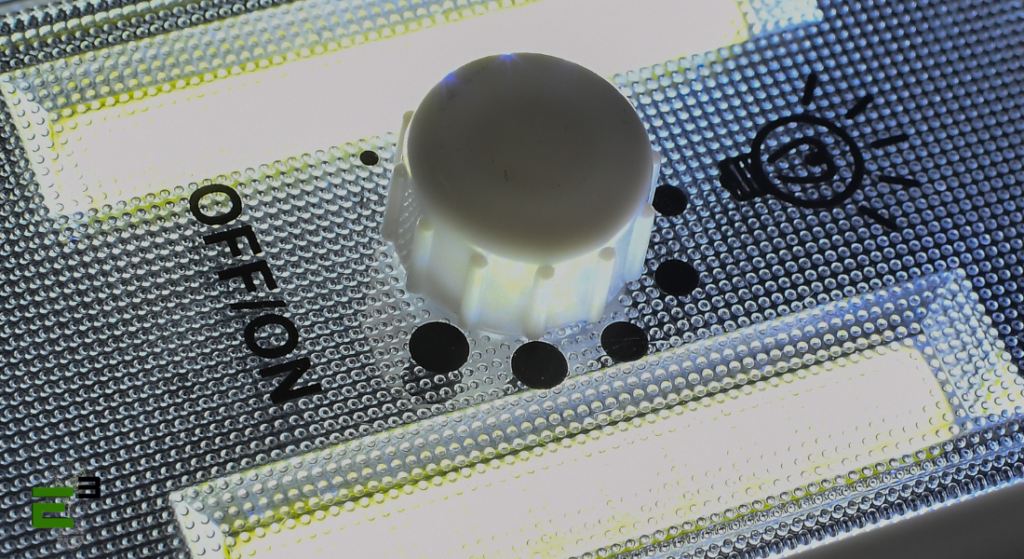
Ideal for: Adjusting the brightness of the room.
Dimmable LED lights stand out as a widely adopted option, offering users the capability to modulate the light’s brightness using a compatible dimmer switch. While some dimmable LED lights necessitate a physical dimmer switch for operation, a considerable number can be seamlessly controlled through a smart home system or a mobile app.
For spaces where substantial time is spent, investing in dimmable LED lights proves beneficial. This allows users to tailor the brightness of the LED according to the time of day and the desired mood, providing a versatile and personalized lighting solution for enhanced comfort and ambiance.
4. Track LED Lights
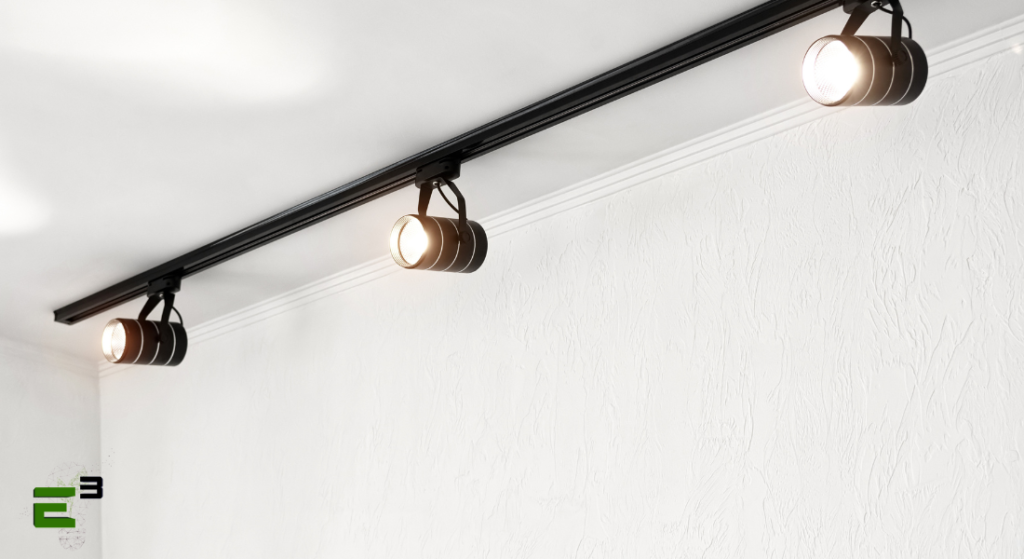
Ideal for: Focused lighting with compatible lighting tracks.
Tailored for directional lighting, task-oriented work areas, and accentuating decorative elements in the home, track LED lights require installation on compatible lighting tracks. This design allows the LED lights to traverse along the track, permitting the adjustment of the light direction to concentrate the beam on a specific area or object.
Beyond their adaptability and flexibility, track LED lights contribute to enhancing the interior aesthetics of the home. Their compact design not only offers versatility but can also optimize the utilization of limited living space, making them an excellent choice for both functional and decorative illumination.
5. Smart LED Lights

Ideal for: Mobile device control and smart home compatibility.
Smart LED lights represent an optimal choice for users seeking seamless integration with smart home systems. This enables control through voice commands or mobile apps, providing a convenient and futuristic lighting experience. Smart LED lights often incorporate features like color change, color temperature control, and dimming functions, facilitating complete customization of home lighting to cater to individual needs and preferences.
It’s important to note that for interaction with smart LED lights, connectivity to Wi-Fi or Bluetooth is essential. While the lights can still be manually switched on and off using traditional light switches without connectivity, accessing many other features may be restricted without the additional capabilities provided by a connected device.
6. Tube LED Lights
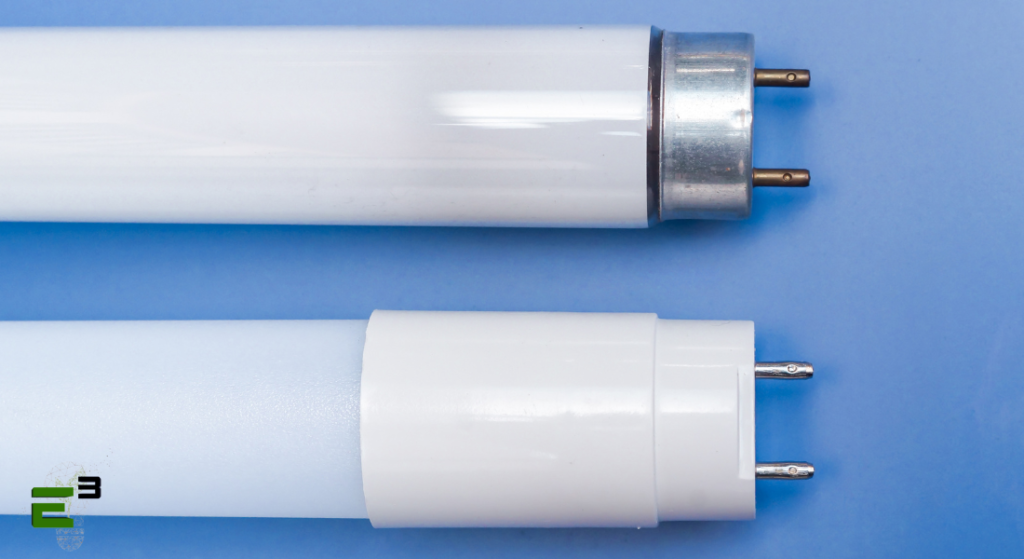
Ideal for: Professional applications in office buildings, kitchens, and other workspaces.
Tube LED lights have emerged as the preferred choice for professional settings, finding applications in office buildings, kitchens, and various workspaces. A popular replacement for traditional fluorescent lighting tubes, these high-efficiency LEDs offer a diverse range of color temperatures, catering to the specific requirements of different work environments.
Businesses are increasingly adopting tube LED lights due to their functional advantages. Not only do they provide optimal lighting for professional spaces, but they also boast a significantly longer lifespan compared to fluorescent bulbs. This extended longevity translates to reduced environmental impact and cost savings, as businesses transition from conventional fluorescents to tube LED lights.
Tube LED lights are available in two primary formats. They can serve as direct replacements for existing fluorescent bulbs, provided the existing ballast is rapid or instant-start. Alternatively, the ballast-free type, preferred by many electricians, involves rewiring the fixture to eliminate the need for a ballast, enabling the LED tube to operate on regular line voltage. This adaptability and efficiency make tube LED lights a practical and sustainable choice for professional applications.
7. Full-Spectrum LED Lights
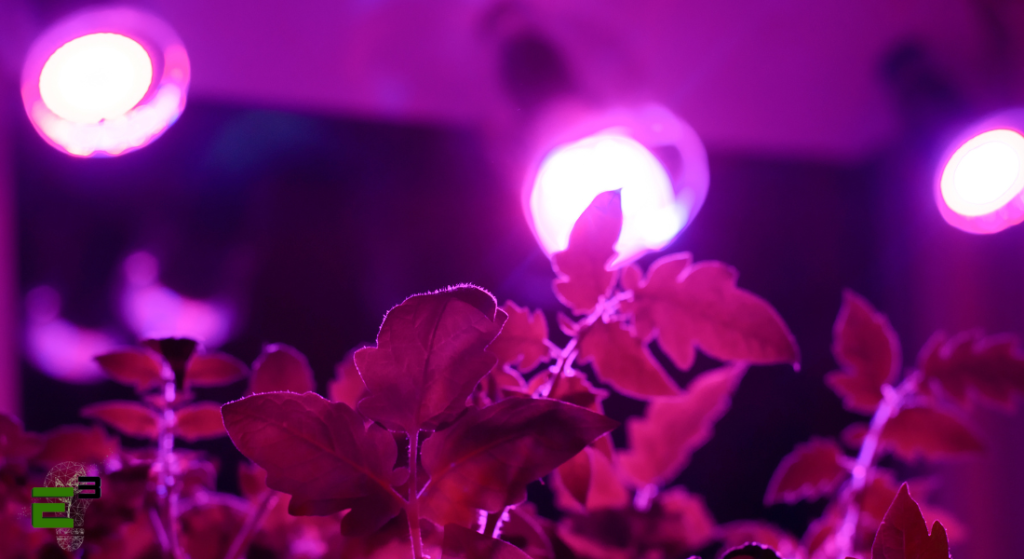
Ideal for: Mood lighting, accent lighting, and customizable lighting.
Referred to as RGB lights, full-spectrum LED lights stand out for their capacity to generate a wide array of color temperatures and colored light. Typically equipped with a basic remote control or the ability to connect to a mobile device through an app, these lights offer extensive customization. Users can alter the color of the lights to one of thousands of different options using the remote or app.
While full-spectrum LED lights can serve as the primary light source for a room, they are often employed for mood lighting or decorative accent lighting. Available in various forms, including light bulbs, light strips, and light panels, these LEDs provide a versatile and customizable home lighting solution, allowing users to create a personalized ambiance to suit different moods and occasions.
8. LED Security Lights
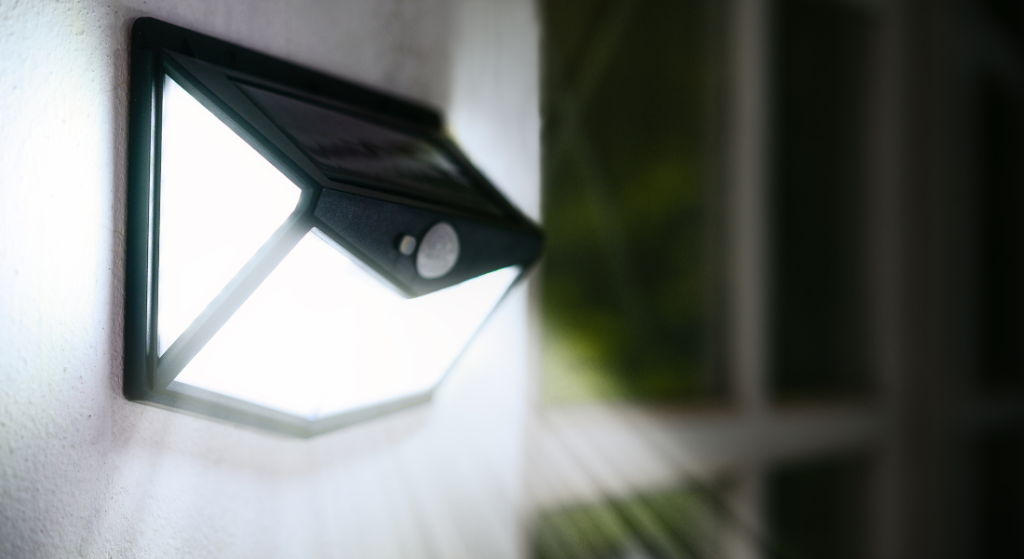
Ideal for: Illuminating dark yards, porches, and paths to the home.
Opting for LED security lights proves to be a valuable measure for safeguarding your home. Many LED security flood lights are equipped with dusk-to-dawn sensors, detecting ambient light levels and automatically activating the light when darkness falls outside.
A prevalent feature in LED security lights is the inclusion of motion sensors. Upon detecting movement, the light swiftly illuminates, casting a powerful spotlight on the intruder. This immediate burst of light serves as an effective deterrent, not only startling approaching animals but also acting as a potential deterrent against criminal activity. The combination of dusk-to-dawn sensors and motion detection enhances home security by ensuring a well-lit exterior, promoting safety and deterring potential threats during the night.
9. Decorative LED Lights
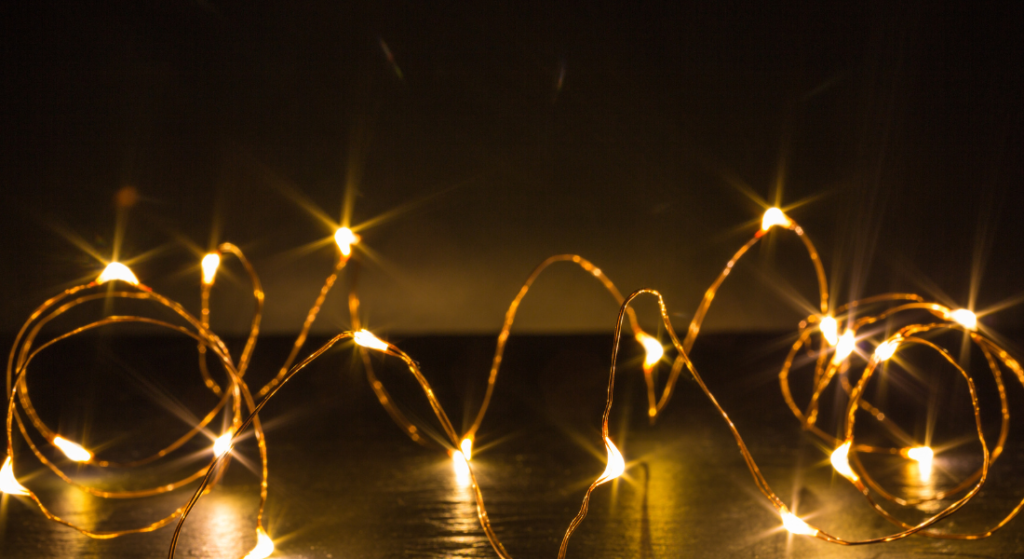
Ideal for: Decorating for holidays and adding to the aesthetic appeal of the home.
The realm of decorative LED lights offers a diverse array of styles, catering to tastes ranging from classy and modern to festive holiday lighting. For a vibrant holiday display, seek colorful LED bulbs to adorn the roof or employ LED spotlights to cast a brilliant red or green glow during festive seasons.
Candelabra, globe, and Edison LED lights blend LED technology with decorative glass bulbs, elevating the aesthetic appeal of home lighting. Candelabra light bulbs mimic the elegant shape of a candle flame, making them a charming choice for chandeliers or wall sconces. Globe light bulbs, with their spherical design, impart a clean and modern aesthetic to the room. For enthusiasts of vintage designs, Edison LED bulbs boast a classic shape that complements pendant lights and industrial chandeliers. This variety of decorative LED lights enhances the visual allure of spaces while offering energy-efficient and stylish lighting options.
10. LED Light Strips
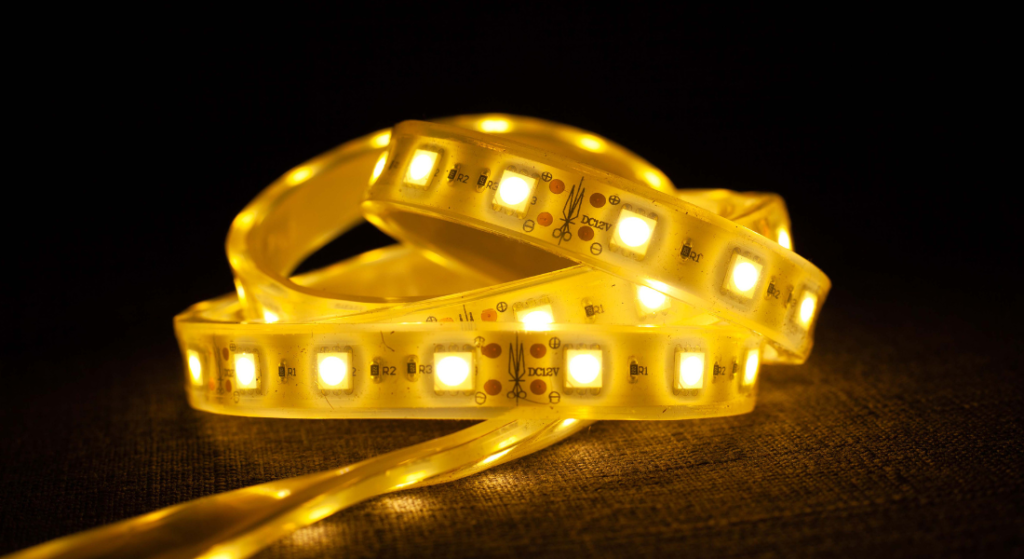
Ideal for: Customizable accent lighting.
Diverging from traditional tubes, tracks, and sockets, LED light strips boast a built-in design featuring a continuous row of LEDs secured within a flexible material. Equipped with adhesive backing, these light strips can be affixed to various surfaces such as walls, ceilings, floors, computer desks, or any other clean, flat surface that adheres to the manufacturer’s guidelines.
While not all light strips include an adhesive layer, alternative mounting methods can be employed. Some LED light strips are equipped with remotes and built-in microphones that respond to ambient music by changing colors or flashing in rhythm. If customization is your goal, consider incorporating LED light strips to personalize spaces like your bedroom or home office, adding a dynamic and personalized accent to your surroundings.
Choosing the right LED lights can be a daunting task without a clear understanding of your preferences and requirements.
To simplify the decision-making process, start by considering the desired ambiance and appearance when the lights are in use. Soft white LED bulbs emit a warm and comfortable light, making them ideal for bedrooms or dens, and their energy efficiency adds to their appeal. On the other hand, bright white LED bulbs have a cooler tone, accentuating appliances and plumbing fixtures, making them a suitable choice for kitchens or bathrooms. For a daylight-like glow, consider investing in daylight LED bulbs designed to replicate natural daylight.
Brightness is a crucial factor, measured in lumens, with one lumen equivalent to the light produced by a burning candle. For reference, a traditional 60-watt incandescent bulb produces about 700 lumens. Opt for higher lumen output for brighter lighting in your home, ensuring both brilliance and energy efficiency.
Consider the features of the LED light as well. Full-spectrum lights allow for customizable color selection, while smart LED lights can integrate with your home automation system. Security LED flood lights come with motion-sensing and dusk-to-dawn features, enhancing home safety. Choose the LED light that aligns best with your preferences, meets your specific needs, and offers optimal energy efficiency.



